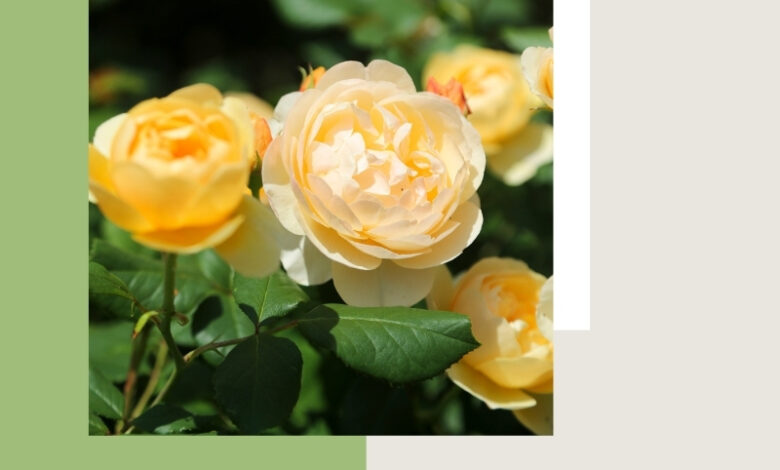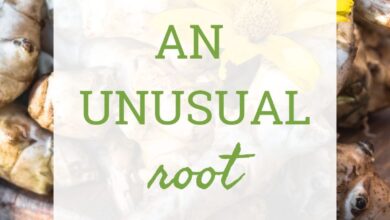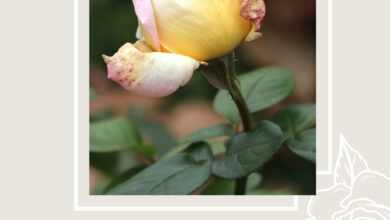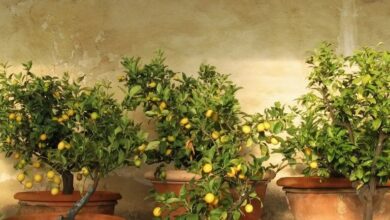Yellow Roses To Thwart The Deer

I don’t currently grow roses. I live in deer country, and I don’t have a tall fence because I love watching the deer wander through my yard (and of course, trimming my lawn on their way through).
I’ve learned, via trial and error, that our deer don’t eat zinnias, daisies, rudbeckia, and echinacea. Oddly, they leave hollyhocks alone, at least until they go to seed. Yuccas are beautiful (and deer-proof).
We’re gradually transitioning our lawn from regular turf to blue grama and buffalo grass, since deer don’t eat prairie grass. They can, however, nibble on any native forbs that pop up amidst the grass. So, as long as we have deer, roses are out of the question.
I admit it makes me a little sad, because I love roses and they do well in this high desert climate. My mother had beautiful roses, and I feel a little teary whenever I see a Peace rose, which was her favorite.
Sometimes I think about putting up a small, fenced area just for roses. However, I think I may have a better solution.
Yellow Rose Of Oregon
I’ve been “studying up” on the yellow roses that frequently grow near old homesteads here in Eastern Oregon. I thought they were wild roses, but they are bright yellow, while true wild roses produce single blooms, always with five petals. True wild roses are usually pink, but they may be red or white, sometimes with a yellowish tint.
The thickets of yellow roses are actually Harison’s Yellow Roses, (Rosa x harisonii), more familiar as the yellow rose of Texas, pioneer rose, logtown rose, or Oregon Trail Rose.
I learned that the first known rose of this type was found in a large garden owned by George F. Harison, an attorney who owned an estate near New York City. Mr. Harison knew a good thing when he saw it, and asked a friend to propagate more plants from cuttings. The roses were sold by a Long Island nursery, and they quickly became popular.
The roses near my home came west with the pioneers, and they have been blooming, and attracting pollinators, every year for well over a century. They were carried across the wilderness, probably tucked away in buckets of damp sand or stuck into a potato. (We live near the Oregon Trail, and can still clearly see the wagon ruts not far from my hometown).
I will ask a few property owners if I can take cuttings from the huge, thorny mounds of roses in a few weeks. I have the perfect spot for them.
Source link






